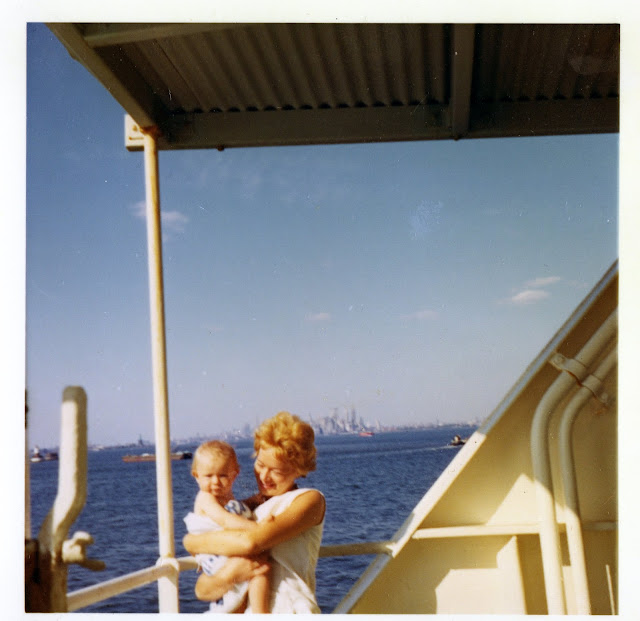 |
| New York 1964 |
Today, in 2015 - 51 years later - people travel to other countries for their safety. They run from wars and terror and killings and the hopeless and the sad. Refugees of war who used to study at the university, work as a lawyer or a teacher, who met up with old friends for a coffee after work, went dancing in the night or spent the evening watching "True Detective" or "Notting Hill". Perhaps.
And then war happened. Strangers bombed their houses, killed their neighbour, shut down the university and the cafe and there were no longer jobs for lawyers and teachers. Time to run. Time to go. Time to save their childrens lives. Some have uggs and iphones and cashmere sweaters and of course they bring it when they run. To keep in touch with their country, family and friends left back and to stay warm. You would, too. And you would do anything to get hold of the best for your little girl or your old dad. The best food and the best accommodation. After all they have been through at home and on their journey to safety. Mum and I had a safe journey across the Atlantic. We were travellers - not refugees. We need to take good care of the people coming to our countries. And to remember that they come to save their lives.
We need to try to understand our new friends by who they are and what they run from - not by who they look like. Thank you.
s o r r y m u m
Kommentarer
Legg inn en kommentar